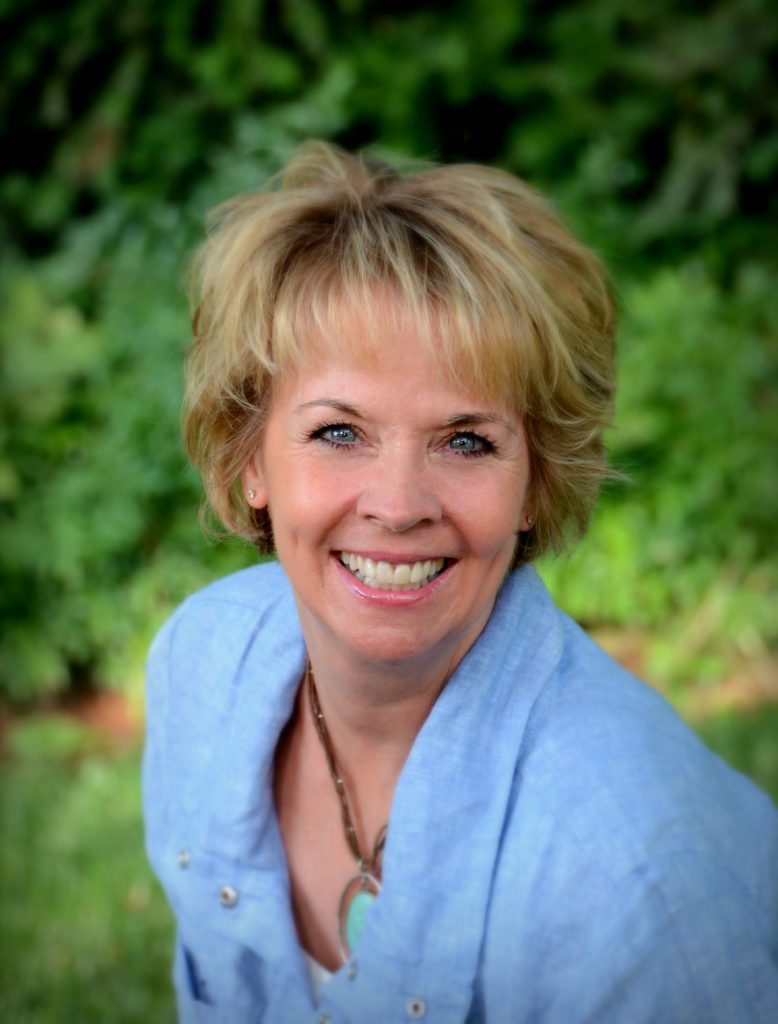
As a Nation we can spread hope to manage fear during the pandemic. The news of Covid 19 is still developing and we are all doing our part to limit the spread of illness. Just last week I spoke about HOPE with NAMI-OKC (National Alliance on Mental Illness), a gathering of at least 40 people. My message was to put hope in action during challenging times. The Center for Disease Control is currently discouraging all meetings of more than 10 people. All nonessential activities (including speaking gigs) are virtual, postponed, or canceled. Now that we are all mostly working and learning from home for the next couple of weeks, I thought a post about hope might be timely.
Hope theory comes out of the positive psychology movement. After researching mental illness for hundreds of years, psychologists are taking the good news of resilience and well-being to foster mental health. Researcher C.R. Snyder of the University of Kansas developed the theory of hope that we can apply to many settings. In his research he identified core beliefs of hopeful people.
Four Core Beliefs of Hopeful People
- The future will be better than the present.
- I have the power to make it so.
- There are many pathways to my goals.
- None of them is free of obstacles.
The good news is that hope can be learned, for some it is natural, but for others it is a teachable cognitive strategy. Hope is more powerful than optimism–which can only visualize the best. Hope envisions the possible and is “open for surprise.” In our worried world only half of the population are naturally “high hopers.” The hopeful among us can play a powerful role in modeling hope for others. In other words, HOPE is contagious (in a good way).
Futurecasting
Futurecasting is a strategy of hope that helps us move toward the goal of a better future. The key to putting hope in action during challenging times is learning to imagine a better future, rather than wasting energy imagining the worst possible outcome. Parents can model hopefulness in interacting with children by using positive language. Choose words like “healthy, calm, and considerate” to envision an improved tomorrow (next week, next month, etc). For example: “We are being careful now to be considerate to others who are at risk for getting very sick. We will stay healthy and calm for the next few weeks to help our community.”
Agency and Pathways
When parents focus on what children CAN do to make a better future possible (wash hands, help clean surfaces regularly, keep social distance, eliminate unnecessary outings) children feel safer. These moment to moment deliberate decisions keep us on track for the second core belief of personal power. Agency is the “juice” that helps us persist in the pursuit of our goals. We all feel more powerful when we focus on what we can control.
Now that schools in our area have extended Spring Break, families will need to adjust schedules to manage the stress. If we are to trying to move towards “healthfully and calmly helping our community” we must be flexible in the way that we get there- our pathways need to be adjustable. In his book Making Hope Happen, Shane Lopez states that “hope walks hand in hand with fear” acknowledging how a certain amount of fear helps us to recognize that there are always obstacles in life. The optimist does not prepare for struggle, but “high hopers” are ready for challenges. By looking at many different pathways to get to our goals, we will be more prepared for the long haul of mitigating the spread of disease.
Keeping Routines
- Exercise- Don’t forget online resources and apps.
- Sleep- Stay with your bedtime and wake up rituals.
- Learning- Connect with online learning and educational television.
- Play- Go retro with old games, drawing, and floor time.
- Connection- Write and call “at risk” friends and family to keep their hopes up too!
Putting hope in action during challenging times is a potent strategy. Research shows that hope has the potential to enhance well being, decrease the intensity and additive effects of stress, and motivate people to stay engaged in life REGARDLESS of the limitations that are imposed on them. We are living in a temporary time of high uncertainty, and changing guidelines for our social world. I hope that you and your family will work towards keeping HOPE at work to stay healthy and calm together.
Health & Happiness,
Dr. Lisa Marotta

